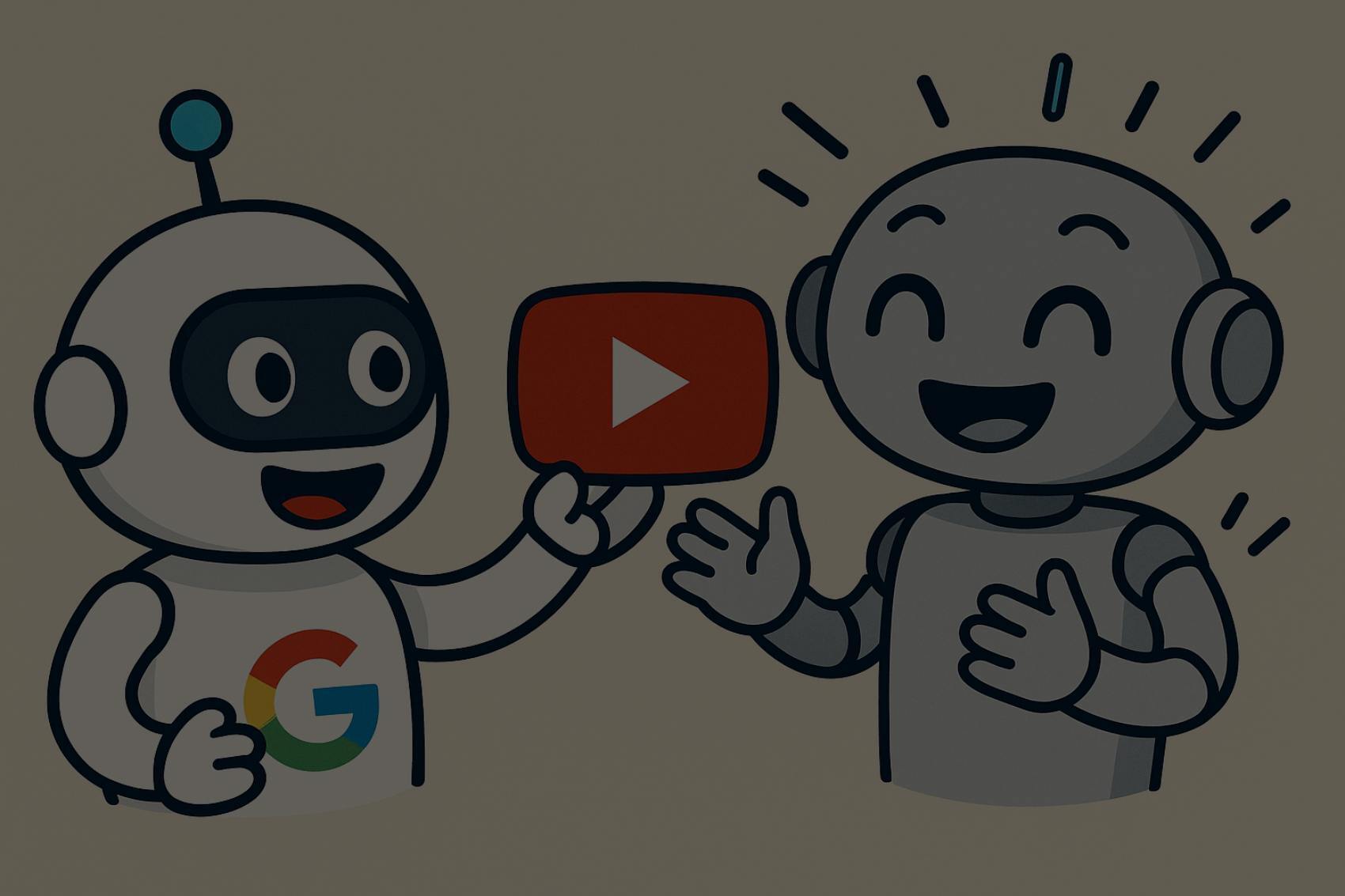In this digital age it’s all about getting your audience’s attention fast. Here are 12 images that show you the art of simple and effective marketing. From selling benefits over features to scarcity and from hook to status, these images show the basics of consumer psychology and brand engagement. Whether you want to create viral content or position your product as premium, understanding these basics will help you market better and connect with your audience deeper.

1. Sell Benefits. Not features.
When it comes to marketing, the difference between a feature and a benefit can make or break your campaign. Customers don’t just want to know what your product can do—they want to know what it can do for them. Minimalistic visuals can convey this lesson effectively, as seen in the image above. Highlighting “1000 songs in your pocket” over “5 Gigabyte storage” illustrates the point that consumers respond better to clear, relatable benefits rather than technical features. By focusing on benefits, you connect emotionally with your audience and make your product more desirable.

2. Scarcity drives demand.
Scarcity is one of the most powerful drivers of demand in marketing. When a resource becomes limited or is perceived as hard to get, its value increases exponentially in the eyes of the customer. This is shown perfectly in the image above. Water, which costs $5 in the city becomes a precious commodity at $50 in the desert. The same applies to products and services—by highlighting scarcity or limited availability marketers can create urgency and drive sales, because customers respond to the fear of missing out on something important or desirable.

3. People don’t care about your product. They care about what your product can do for them.
In marketing it’s important to remember that customers aren’t interested in the specifics of your product—they care about the solutions it provides. The image shows this lesson nicely: instead of highlighting the technical aspect of a “200W charger” it’s much more compelling to highlight “charge your phone in 10 minutes”. By shifting the focus to what your product can do for your customers you make your message more relevant and attractive. By addressing their needs and pain points directly you make your product resonate with them on a deeper and more practical level.

4. Marketing is not about which product you sell. Marketing is about which story you tell.
In marketing it’s not just the product that grabs the audience—it’s the story behind it. The image shows this nicely: a shoe is just a shoe, but the “Jumpman” logo tells a much deeper story of excellence, legacy and aspiration. Successful brands don’t just sell a product they craft a narrative that resonates with their customers values and dreams. People buy into the story, the lifestyle and the identity your product represents. When you tell a good story it goes beyond the product and creates a lasting connection with your audience.

5. What do you think you need to create content vs What do you actually need to create content
Many people think to create good content they need expensive equipment like professional cameras, lighting setups and advanced microphones. But in reality the essentials for content creation are much simpler: a good idea, a strong internet connection and a smartphone. The image shows this nicely. Content creation has evolved—your creativity, consistency and ability to connect with your audience often trump fancy tools. With just a phone and an idea you can create content that resonates with your audience. It’s not about the gear; it’s about the value you provide.

6. Attract the audience with short-form content. Keep the audience with long-form content.
In today’s digital world short-form content is king when it comes to grabbing attention. Platforms like YouTube Shorts or TikTok are perfect for grabbing the audience in seconds. But once you’ve got their attention long-form content is key to building deeper connections and loyalty. The image shows this balance: short, snappy videos are great for drawing people in but it’s the longer, more in-depth videos that keep them engaged and invested in your brand. A good content strategy uses both formats—hook your audience with brief, exciting clips and then deepen the relationship with meaningful long-form content.

7. Selling prevention is hard. Selling a cure is easy.
Marketing prevention is one of the toughest jobs because people underestimate future risks. It’s far easier to sell a cure when the problem is already present. The image above shows this nicely: a no-sugar drink that can help prevent obesity is priced modestly while a fat-burning supplement designed to “cure” obesity is priced much higher. People are more willing to spend money on solutions to problems they already have rather than investing in prevention. This is a key marketing insight—positioning your product as a solution to an urgent problem makes it much more appealing to your audience.

8. Don’t tell them to buy your stuff. Show them a dream.
In marketing it’s not enough to just tell your audience to buy your product. You need to inspire them with a vision of what your product can do for their life. The image above shows this concept: instead of the direct command “Buy your fitness coaching now” a more compelling message is “Get shirtless on the beach with confidence”. This taps into the aspirational desires of the customer, shows them the dream outcome they can have. By painting a picture of the benefits and lifestyle your product offers you’re more likely to engage and persuade your audience.

9. Don’t confuse your customers with too many options.
When you offer too many options you risk confusing your customers and making it harder for them to decide. The image shows this nicely: when faced with more choices customers may feel confused and unsure of what to pick while fewer options lead to clarity and confidence. Simplifying the decision making process is key in marketing—by narrowing down the options and presenting only the most relevant ones you reduce friction and make it easier for customers to take action. Less can be more when it comes to guiding your audience to a purchase.

10. Your product should complete their life.
In marketing it’s important to remember your product is just one small part of your customer’s life. The image shows this—your product only fills a fraction of the customer’s daily worries, needs and experiences. So your goal should be to position your product as something that complements and adds to their life not expect it to be the main focus. By understanding how your product fits into the bigger picture you can craft messages that resonate more with your customers, showing them how your solution adds value to their existing life without overwhelming it.

11. Good hook with average content goes viral. Average hook with good content flops.
The power of a good hook can’t be overstated when it comes to content going viral. The image above shows this. Even if the content is only average a good hook can grab attention and make it go viral while great content with an average hook may not get any traction. In today’s fast paced digital world grabbing your audience’s attention in the first few seconds is key. A good hook draws them in and makes them stay for the content regardless of the quality. That’s why prioritizing a strong attention grabbing opening is crucial to virality.

12. Big money is made by selling status.
In marketing selling a commodity leads to price competition, selling status allows for premium pricing and greater profit. The image shows this nicely: a basic watch is a commodity, just tells time, a Rolex is more than a watch—it’s a status symbol, wealth and success. That’s why big money is made by selling status. People are willing to pay more for products that enhance their image or elevate their social standing. When you position your product as a status symbol you tap into aspirational desires and can charge more and build stronger brand loyalty.
Conclusion
Ultimately, effective marketing is about understanding what drives your audience and how your product fits into their lives. These 12 visuals show that simplicity, emotional connection, and aspirational messaging are key to standing out in a crowded marketplace. By focusing on benefits, crafting strong hooks, simplifying choices, and selling status, you can position your brand to not only attract attention but also build lasting customer loyalty. Keep these principles in mind as you shape your marketing strategy, and you’ll be well on your way to creating compelling campaigns that resonate and deliver results.



